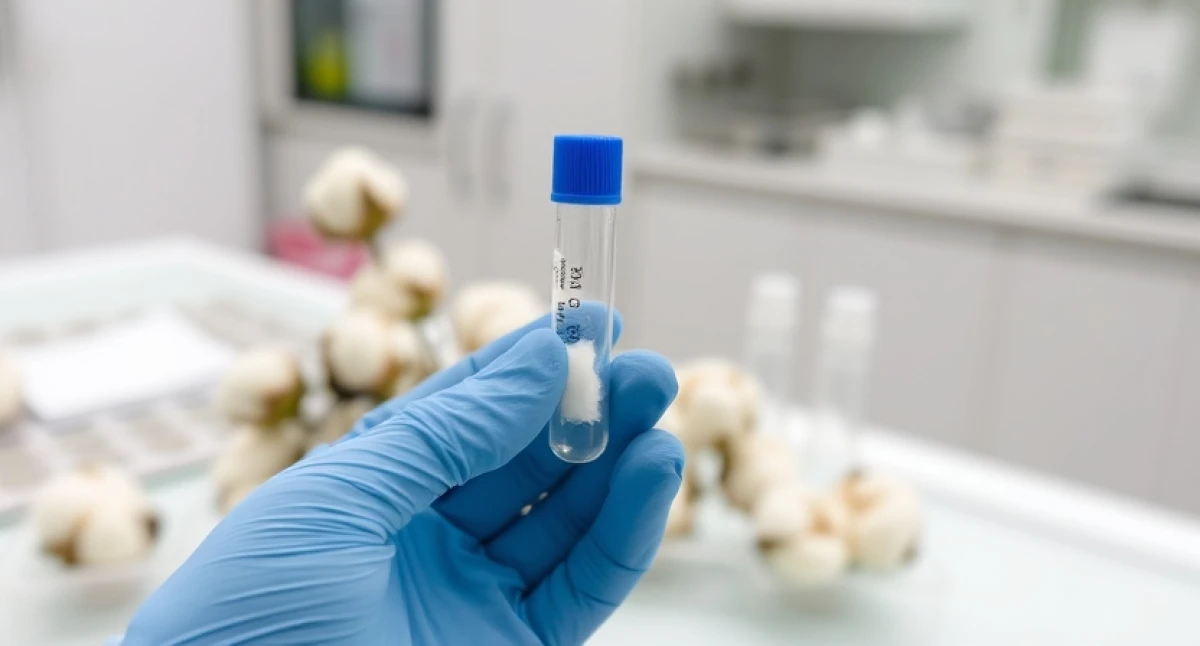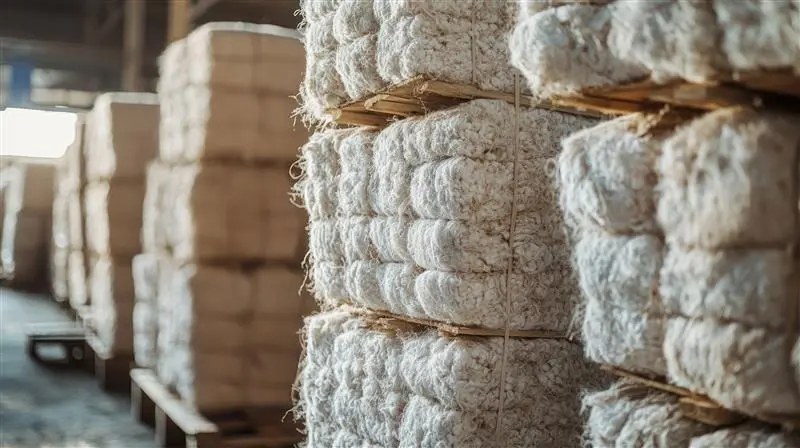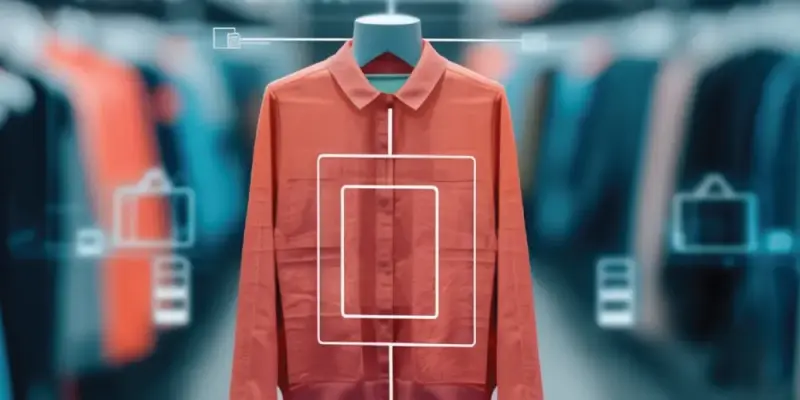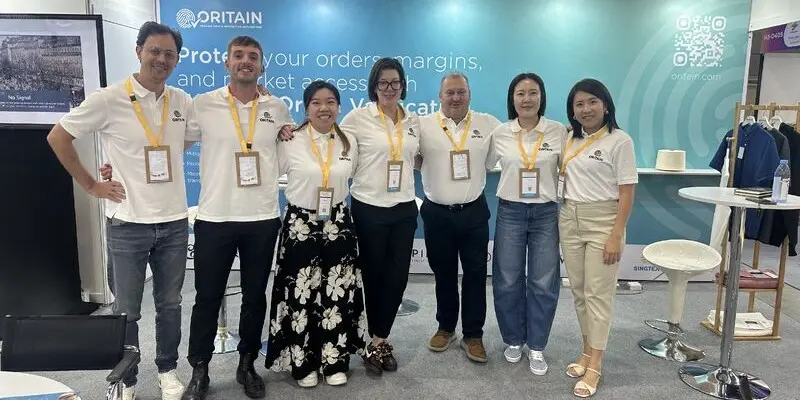3 Key Insights from CBP’s New Isotopic Testing Guidance for UFLPA Compliance
By Ana Hinojosa | 25 November 2024
minutes to read.

On November 12, 2024, U.S. Customs and Border Protection (CBP) released its first detailed guidance on isotopic testing, outlining a science-based approach to verifying the geographic origin of materials under the Uyghur Forced Labor Prevention Act (UFLPA). CBP shared recommendations for choosing reliable testing providers and encourages importers to test early as part of their due diligence program.
Here are three key insights from the CBP recommendations that every importer and retailer should know.
1. Isotopic testing is key to verifying material origins
With the regulation in effect since June 2022, UFLPA compliance and supply chain traceability has been a critical element of importers’ due diligence efforts. The Act allows CBP to detain goods presumed to be made with forced labor from entering the United States.
The new CBP guidance highlights isotopic testing as a critical tool for determining the geographic origin of materials, particularly high-risk commodities like cotton.
“Isotopic testing is a scientific method that identifies the atomic structure of naturally occurring materials, or a “fingerprint” of the material, affected by local environmental conditions. For example, in the case of cotton, it is the environmental conditions experienced by the plant during growth, not the seed’s origin, that will determine the isotopic fingerprint of the cotton fiber. When that fingerprint is compared to a library of like materials from various geographic areas, the test can determine that the raw material is consistent with the claimed geographic origin.”
- CBP Guidance Document
2. CBP encourages private sector testing
CBP has tripled its isotopic testing capabilities in recent years, but their testing is more focused on identifying risks, which means importers are still responsible for conducting due diligence to monitor their supply chains. CBP encourages importers to take a proactive role by engaging private sector testing providers. This can support a more proactive compliance strategy for brands and retailers.
“Even with these additional investments, CBP will have limited testing resources and does not have the capacity to test all U.S. imports. This is why CBP continues to encourage the inclusion of private sector testing in importer due diligence programs to help identify and manage risk.”
- CBP Guidance Document
3. Choosing a provider that meets CBP standards matters
According to CBP, importers should look for providers with scientific expertise, advanced equipment, and trained experts required for isotopic testing and interpretation. Some of the key standards include:
- Chain of custody: Isotopic testing providers must document the handling of samples, from receipt of the sample through disposition.
- Reference library: Providers should have access to a statistically robust library with known-provenance samples from all commercially relevant growing regions.
- Statistical modeling: Providers must use advanced models to interpret isotopic data and determine geographic origins.
- Accreditation: Laboratories should meet ISO/IEC 17025 standards and participate in proficiency testing.
“The test provider should have a statistically significant number of materials in its in-house reference library in order to confidently verify origin. Materials in the reference library should have known provenance and should represent all commercially relevant growing regions being tested.”
- CBP Guidance Document
How Oritain meets CBP requirements
Oritain, a global leader in origin verification, employs forensic isotopic testing – a trusted and quantifiable method for verifying the origin of raw materials and products.
- Oritain has the largest cotton reference library in the world, comprised of hundreds of thousands of individual samples that have been collected as primary samples directly from cotton farms, which ensures that the foundation of the scientific verification is underpinned by original, unadulterated data directly from the sourcing origins.
- Oritain maintains robust chain of custody throughout the entire origin verification process, using sealed, tamper-proof bags for sample integrity and traceability. Oritain’s comprehensive sample management system ensures that the whereabouts and integrity of a sample are always known, tracking the sample from collection to laboratory analysis, and into Oritain’s secure storage facilities.
- Oritain uses advanced proprietary multivariate statistical models to evaluate whether a test sample is consistent with the claimed geographic origin. This combination of advanced statistical methods along with a robust reference database ensures the highest levels of accuracy, reliability, and scientific validity for meeting compliance and legal standards.
Watch Now: Oritain Cotton Verification Process With Dr Kate Jones
If you’re looking for an isotopic testing provider with forensic-level chain of custody protocols, GPS-verified reference library, and ISO-compliant testing methods, contact us now.
Disclaimer: The information provided in this document does not and is not intended to constitute legal advice. Instead, all information presented here is for general informational purposes only. Counsel should be consulted with respect to any particular legal situation.






